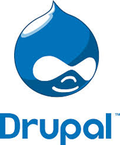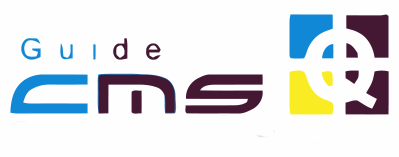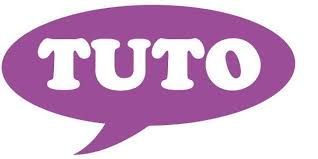
Drupal: Detailed Technical Description
1. General Overview
Drupal is an open-source CMS (Content Management System) that enables the creation, management, and customization of various types of websites, including blogs, corporate websites, community platforms, and government sites. It is known for its flexibility, extensibility, and strong content management capabilities.
2. General Information
- Initial release date: January 15, 2001
- Main developer: Dries Buytaert and the open-source community
- License: GPLv2+ (GNU General Public License)
- Programming language: PHP
- Official website: https://www.drupal.org/
3. Architecture and Technologies
- Architecture: Modular and component-oriented (based on Symfony since Drupal 8)
- MVC Model: Inspired by Symfony but not strictly MVC
- API: Strong API-first approach with REST web services, JSON:API, and GraphQL
- Theming: Uses Twig for template management
4. Supported Databases
Drupal supports multiple database management systems:
- MySQL/MariaDB
- PostgreSQL
- SQLite
- Microsoft SQL Server (experimental)
5. Key Features
- Advanced content management: Taxonomy, custom content types, user and role management
- Extensibility: Over 50,000 modules and 3,000 themes available
- Multi-site and multi-language support: Allows hosting multiple sites with a single installation and offers native multilingual support
- SEO-friendly: Clean URLs, meta tag management, AMP compatibility, etc.
- Efficient caching system: BigPipe, page caching, and object caching to improve speed
- Accessibility: Compliant with WCAG and ARIA standards
6. Advanced Features
- Headless CMS / Decoupled Drupal: Easily integrates with front-end frameworks like React, Vue.js, or Angular
- API-first: Built-in support for REST, JSON:API, and GraphQL
- Workflows and content publishing: Advanced approval workflows, revisions, and editorial management
- Advanced security: Regular updates, strong authentication, granular permission management
- E-commerce: Integration with Drupal Commerce for customizable online stores
7. Security
Drupal is well known for its robust security:
- Dedicated security team providing frequent updates
- Advanced user roles and permissions
- Protection against XSS, CSRF, and SQL injection attacks
- Security mechanisms like password hashing and secure session management
8. Pros and Cons
✅ Pros:
✔️ Highly modular: Enables highly customized websites
✔️ Strong security: Frequently used by government institutions
✔️ Scalability: Suitable for high-traffic websites
✔️ API-first: Ideal for decoupled (headless) architectures
✔️ Advanced user and permission management
✔️ Built-in multi-language and multi-site support
❌ Cons:
❗ Steep learning curve: Complex for beginners
❗ More technical configuration required: Compared to WordPress or Joomla
❗ Performance without optimization: Requires proper caching and server management
❗ Fewer ready-to-use themes: Often requires custom development
Conclusion
Drupal is a powerful and flexible CMS, particularly suited for projects requiring extensive customization, advanced content management, and high security. While it requires technical expertise, it is ideal for large-scale websites that need a robust architecture. 🚀



